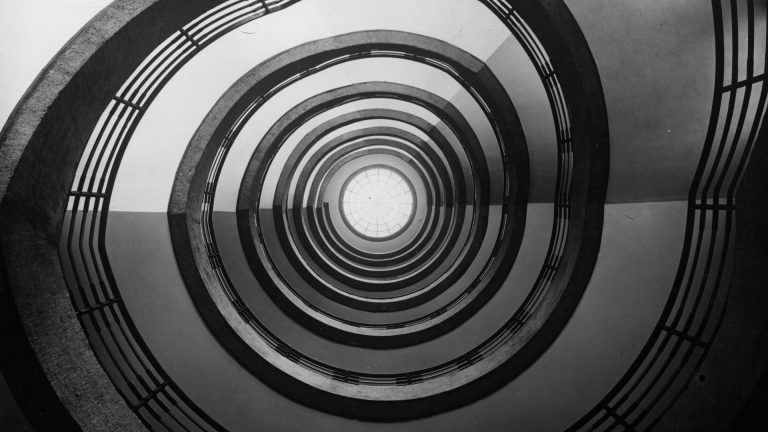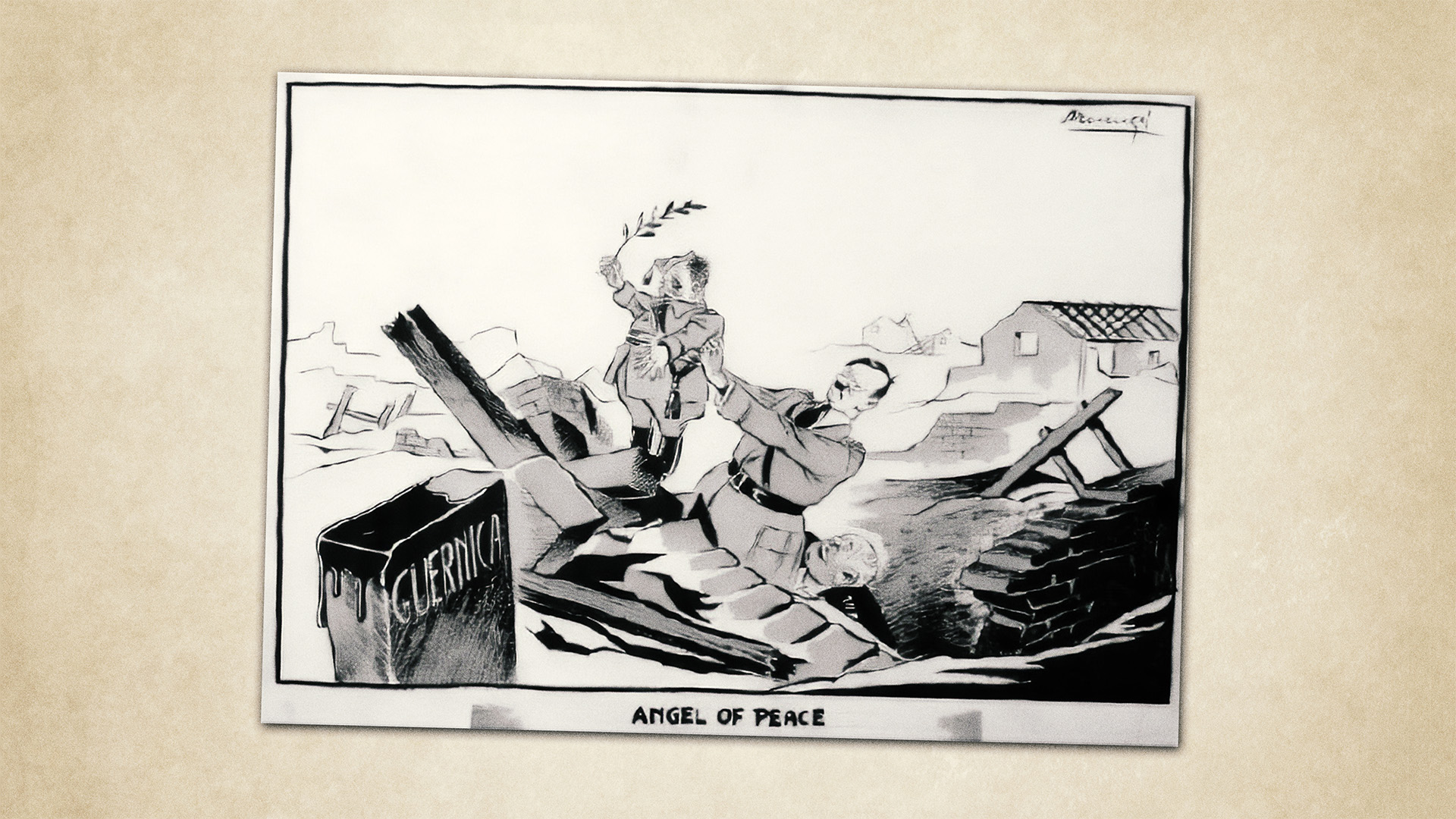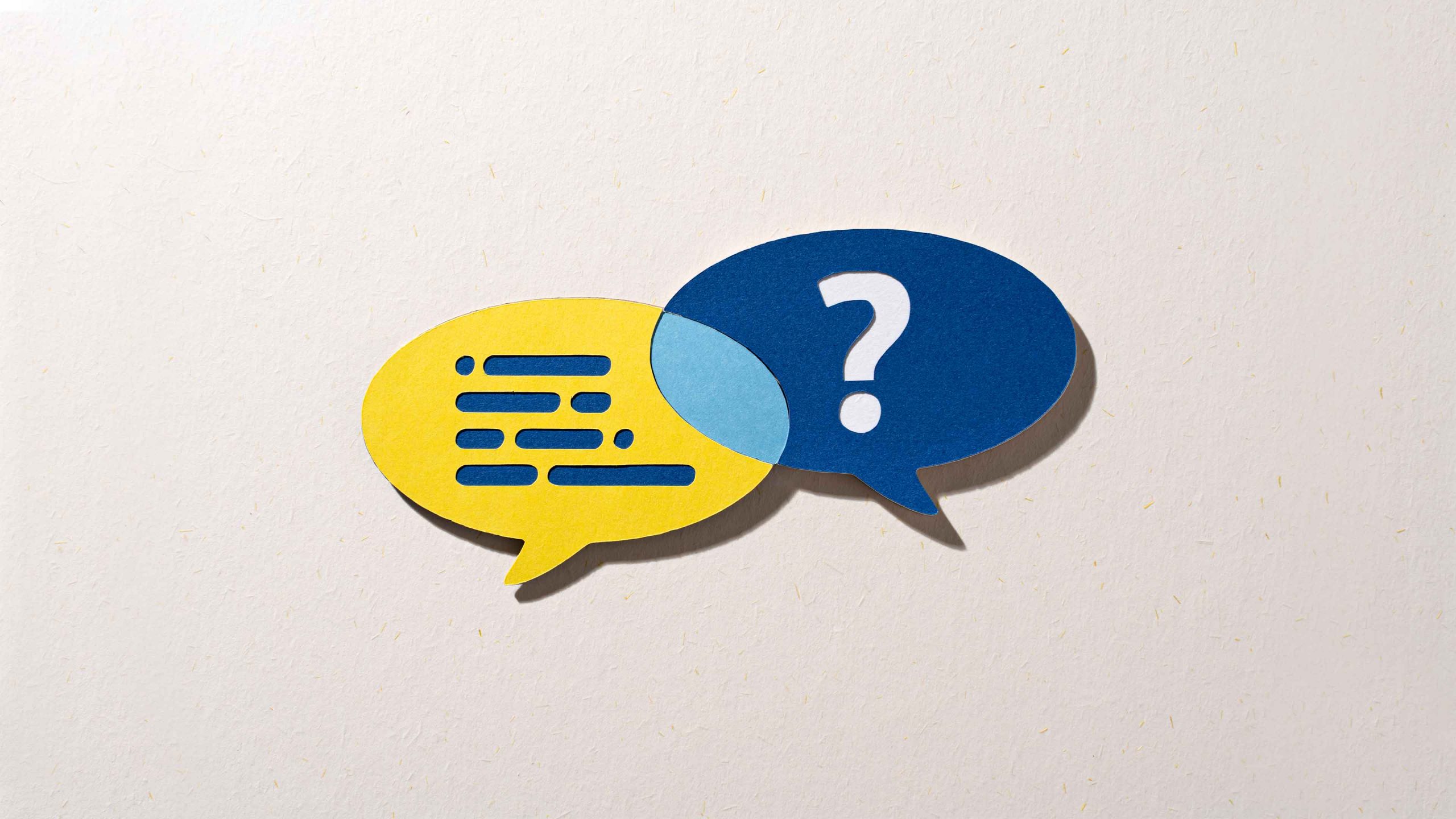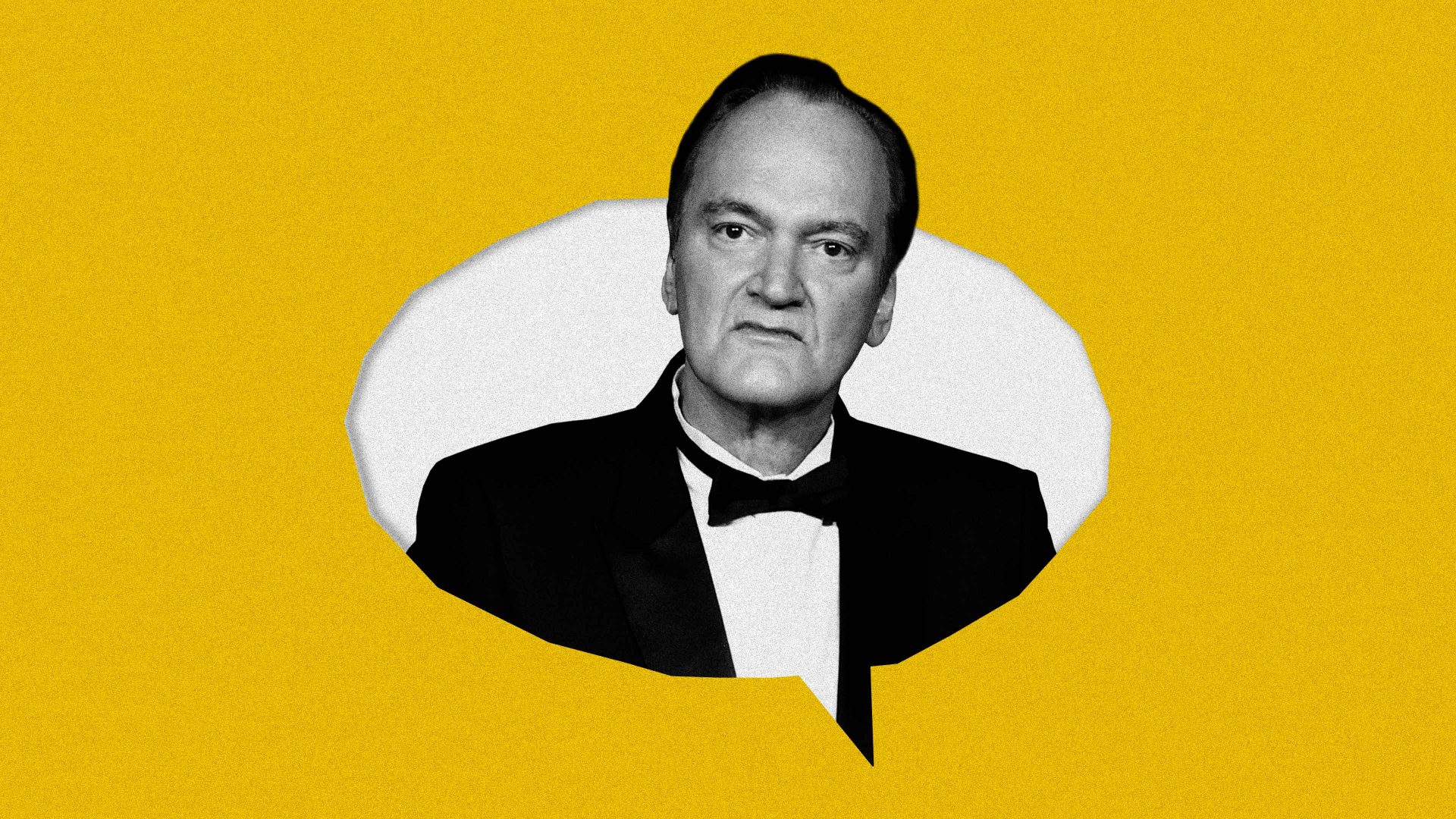Sometimes ideas would occur to Mario Armengol while he was fishing and he would leave the rod on the riverbank and dash back to capture them on canvas. But the tranquil waters of the River Trent in the sleepy Nottinghamshire village of Laneham were in stark contrast to the brutal scenes the artist depicted.
With his thick foreign accent and trademark beret, some locals thought Armengol was a Nazi spy. The fact that he regularly posted packages only enhanced the suspicion that he was up to no good.
But Armengol was Spanish, and he was creating wartime propaganda cartoons lampooning Hitler, many of which spread throughout the world. In the artist’s imagination, the Führer was always depicted as the bushy mustachioed bully, stamping his jackboot on the free world. Eighty years after the end of the war, Armengol’s work will finally be shown in a major exhibition in his home town of Barcelona, with the largest showcase of wartime cartoons ever seen.
For an artist associated with comic images, Armengol’s life was tinged with darkness. He fought in the Spanish civil war on the republican side, but decided to leave the country for France. He left – and in doing so he abandoned his wife and infant child.
Once in France, he was pressed into the French Foreign Legion but he was a poor soldier and instead offered his artistic skills to the war effort. He was used to sketch the topography of the sands in the North African desert.
Suggested Reading

Night terrors and the Nazis
From Africa, he was posted to Norway and from there to Britain in 1940, where he found himself at a loose end in Liverpool with two Spanish friends.
Before war broke out he’d had no experience of drawing cartoons for a mass audience, but the opportunity came his way thanks to a chance encounter in a Spanish restaurant on Merseyside. When he happened to mention he was an artist, the owner suggested he should apply to join the propaganda department. He must have made quite an impression – Armengol also caught the eye of the owner’s daughter, Rolindez Madariaga. It was the start of a lifetime love affair.
A further stroke of luck came his way when the proprietor of a local arts shop was stuck with some materials that a client had paid for but hadn’t picked up – and so the owner gave it all to Armengol. This meant he could prepare drawings to show off to the government at his interview – he got the job, and he began to draw.
Armengol’s home region of Catalonia has always been renowned for its dark, ironic sense of humour, and perhaps that’s why the British liked him so much. As might be expected in such extreme times, the humour he employed wasn’t especially politically correct. German and Japanese soldiers are made to look like animals. But his sometimes acerbic wit was just right for his wartime audience, which was enduring the Blitz and rationing, and confronting the very real possibility that Hitler might win the war. Once the hostilities ended, he left cartoons for ever and became a successful industrial designer. He remained in Britain until his death in 1995.
Plàcid García-Planas, co-curator of the exhibition in Barcelona, also worked on a show in Valencia last year with Arnau Gonzalez i Vilalta, a historian. “This is not just the first recognition of Armengol’s wartime cartoons in his own country. He has not really been recognised in Britain. Until now there were only three small exhibitions,” he said.
“It was surprising how far the British government let him go,” said García-Planas. “His attitude was, ‘why can’t we use savage humour if the war is savage?’”
Catalan Ink Against Hitler, Museu Nacional d’Art de Catalunya, Barcelona, October 7, 2025 – January 11, 2026.
Graham Keeley is a freelance journalist based in Spain



